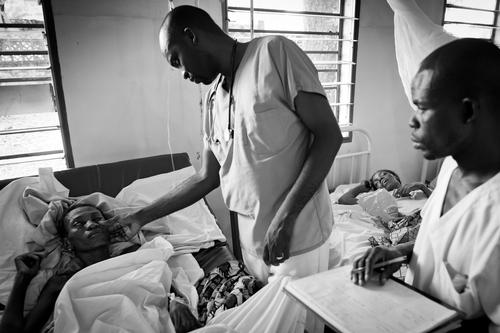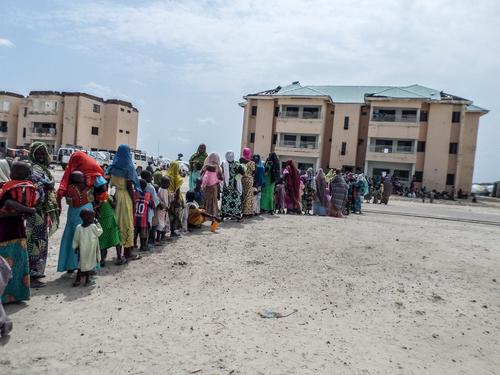1. HIV is a death sentence
WRONG
HIV/AIDS is the deadliest pandemic in recent history: it has killed twice as many people as the first World War. But the progress made in a mere 30 years against the disease has been spectacular. Today, someone who takes antiretroviral drugs every day has a very low risk of developing AIDS and can live a long and fulfilling life.
… BUT ALSO, UNFORTUNATELY, RIGHT FOR THOSE NOT ON ARV…
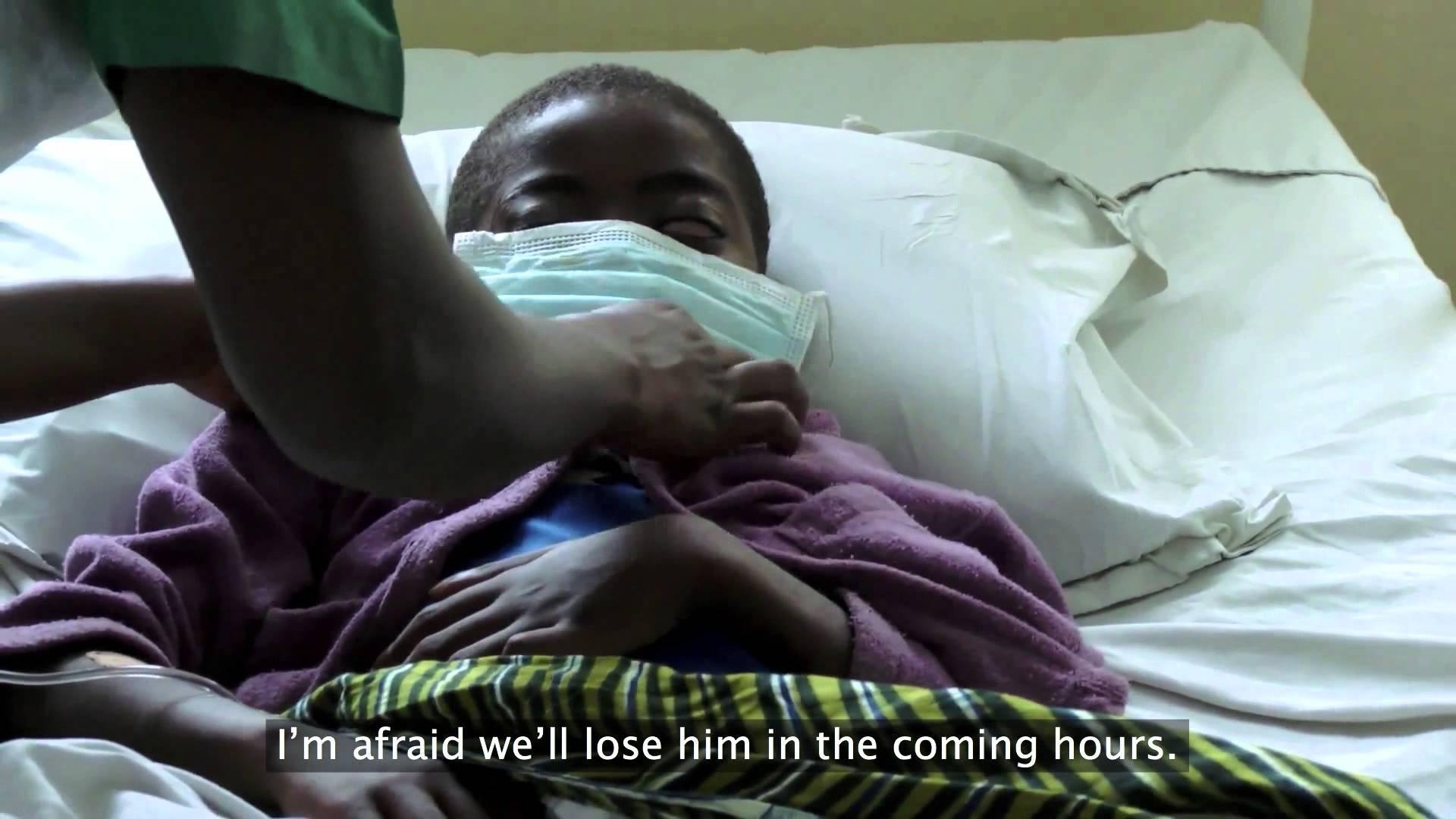
HIV: We see people starting HIV treatment too late
if you’re unlucky enough to live in a place with poor access to lifesaving ARV. Over 75% of the people living with HIV in West and Central Africa - 5 million people - are not on ARV treatment and therefore condemned to a slow, painful and unnecessary death. The situation is even worse for the 730,000 HIV-infected children in the region: 90% don’t have access to ARVs. Urgent action is needed to change this situation.
2. HIV mostly affects gay men
WRONG.
It may be the case in Western countries, but not worldwide. In fact, the face of HIV globally today is a young woman. 59% of people living with HIV in Sub-Saharan Africa are women. In South Africa, girls age 15-19 are as much as eight times more at risk of HIV infection than their male counterparts.
IT’S TRUE that men who have sex with men are disproportionally affected by the pandemic. It’s also the case for sex workers or injectable drug users. This is the reason why the United Nations’ plan to combat HIV/AIDS puts a lot of emphasis on these most-at-risk groups. But still, 45% of all children who are born with the virus come from West and Central Africa. Why? Because their mothers did not have access to treatment.
3. You cannot have a healthy baby if you’re HIV positive
WRONG
A pregnant HIV+ woman on optimal ARV treatment has less than 2% risk of transmitting the virus to her baby. This is fantastic news: thanks to ARVs, the number of children born with the virus worldwide has been cut by 60% since 2000 and last year Cuba became the first country to declare that it had completely eliminated mother-to-child HIV transmission.
But again, this victory depends on the availability of ARV treatment. In West and Central Africa, only 39% of HIV positive pregnant women are on treatment. This is why the number of children born with the virus in this region is so disproportionately high: whereas West and Central Africa accounts for 17.9% of the total number of people living with HIV in the world, it records close to half of the births of HIV-infected children.
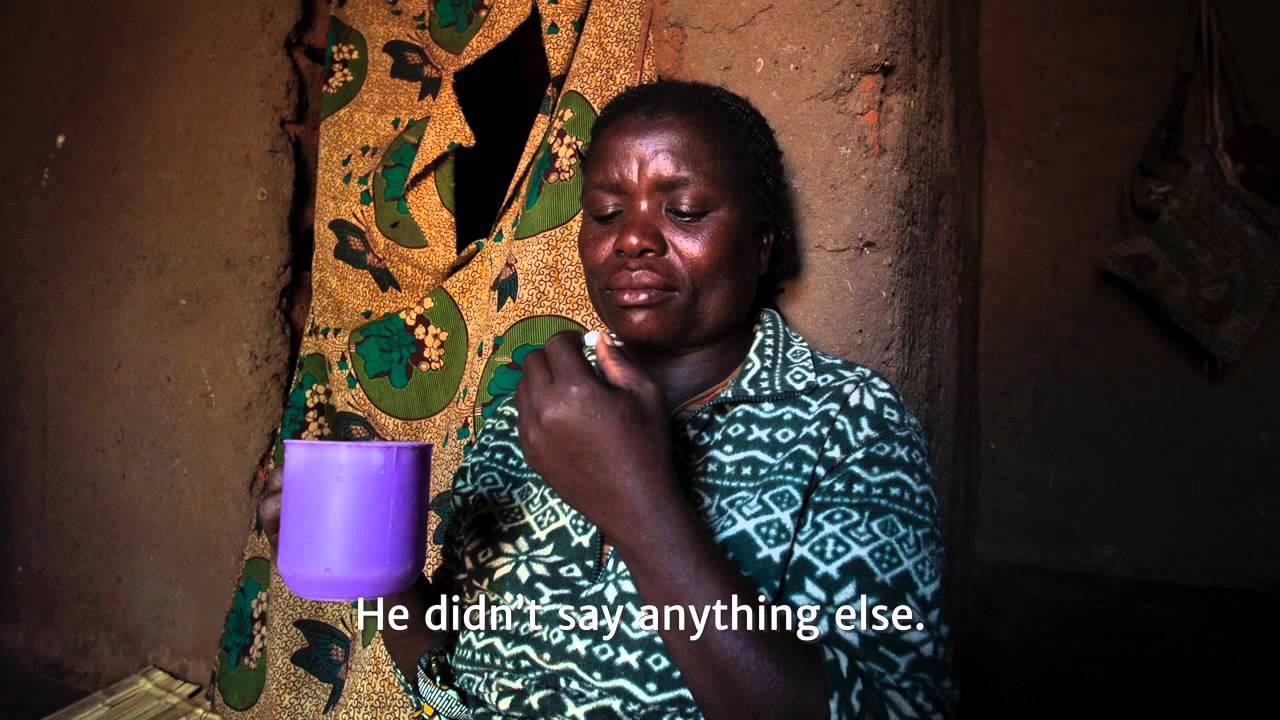
A Mother in Malawi Delivers HIV-Free
Those babies are born with a disease that could have been prevented. And it’s all the more dramatic that 90% of the HIV positive babies in this region do not have access to pediatric HIV treatment either. Without treatment, about one-third of children living with HIV will not survive past their first birthday; half of them will not celebrate their second birthday and only one in five of these children will celebrate a fifth birthday.
4. Using condoms is the only way to avoid infecting your partner or getting infected by HIV
WRONG
For sure, using condoms is very effective in preventing HIV infection. But it’s not the only way.
Studies have shown that optimal treatment on ARV reduces the risk of transmitting the virus by 96% in couples in which one is HIV-positive. New drugs even allow HIV negative people to be protected against infection.
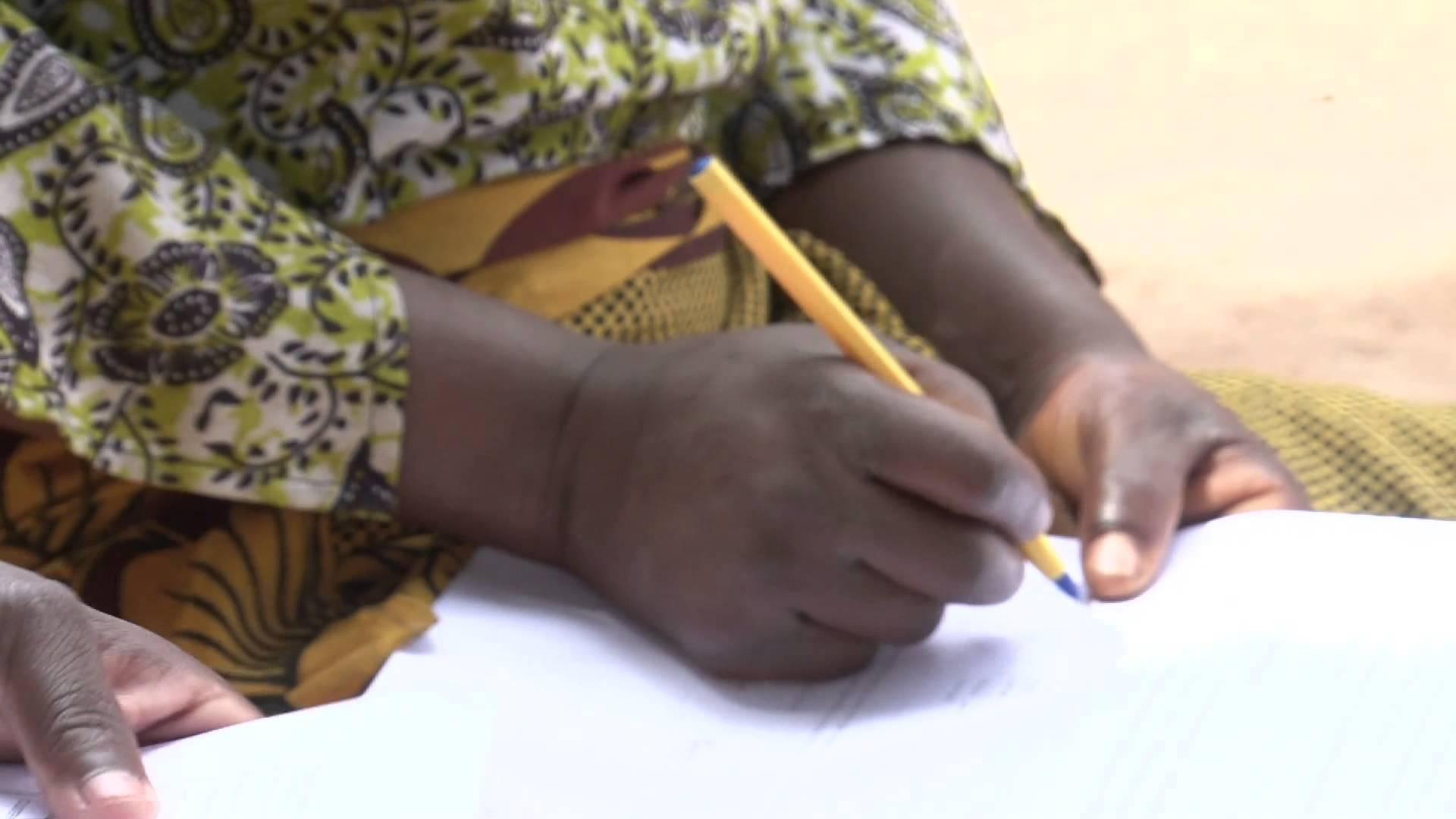
HIV: Proof that the project is working
Promoting the use of condoms is an important tool against HIV, but people need a combination of prevention tools to choose from, to fit best with their situation. Offering ARV treatment for all is a key component to put the HIV/AIDS pandemic under control, and therefore, it’s a huge problem that so few people – less than 1 in 4 – have access to treatment in West and Central Africa. Without treatment for all who need it, everywhere, the chances of bringing the global pandemic under control are very slim. This is why MSF is calling for an urgent, ambitious catch up plan for countries with low coverage of ARVs.
5. The more HIV+ people in a country, the more AIDS-related deaths
WRONG
South Africa has, by far, the largest number of people living with HIV (6.8 million), and AIDS still takes a staggering toll in the country with 14,000 deaths a year. But as staggering as it is, this number remains below Nigeria’s, which has half the number of HIV+ people. Can you guess why? Again, it’s simple: Nigerians have far less access to ARVs than South Africans (22% versus 45% coverage of ARV).
Similarly, Guinea recorded roughly the same number of AIDS-related deaths in 2014 (3,800) as Swaziland (3,500). But Swaziland has twice the number of people living with the virus (210,000 versus 120,000) and the highest proportion of adults living with HIV worldwide (27.7%).
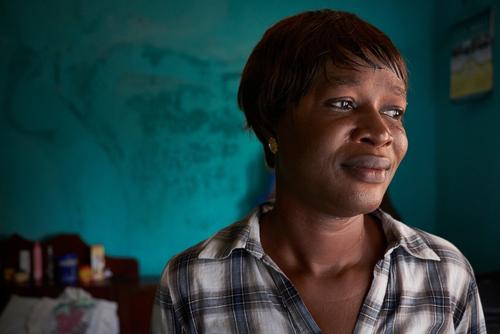
In short, in places where antiretroviral treatment is not widely accessible, people suffer and die proportionally more from HIV/AIDS.
6. The less HIV+ people in a country, the easier it is to fight the disease
WRONG
Logic suggests that the Democratic Republic of Congo (DRC), where ‘only’ 1.2% of its population is living with HIV, would be better able to provide ARV daily treatment than Malawi. After all, both countries are relatively comparable on paper in terms of GDP per capita
Doesn’t make sense? Well there are some explanations. If, as in the DRC, HIV is less visible in society, media and political agenda’s, it gets lost among many other health priorities. This is understandable. What is less understandable is the constant neglect by international actors of countries with low HIV prevalence like those in West and Central Africa.
7. Only rich, stable countries have the capacity to offer lifelong, daily treatment
WRONG
This seems to make logical sense; after all, even health systems in rich countries are already under strain to provide treatment for growing number of people with chronic conditions: diabetes, obesity… So imagine the situation in a country like Malawi that needs to provide daily HIV treatment for 10% of its adult population, even though it has six times less health workers than the bare minimum recommended by WHO.
In fact, the most noteworthy progress against HIV/AIDS have been achieved in resource-poor countries. In fact, the introduction of ARVs in the 2000s was the single most important factor to increase life expectancy in Southern Africa.
MSF has even built experience over the years as to how to provide HIV care in conflict settings, for example in Yemen or CAR, to avoid making people double victims of both war and their HIV+ status. Continuing care is imperative even in the most challenging, unstable areas.
Just because a country has limited resources or a context is complicated or unstable doesn’t have to mean that people living with HIV cannot be provided with ARV treatment.
It is essential that none of us, anywhere, forget the most neglected victims of HIV/AIDS. For this reason, MSF is calling calls on donors, affected governments and UN agencies to develop and implement a fast-track plan to scale-up life-saving antiretroviral treatment in countries where ART coverage reaches less than one-third of the population, particularly in West and Central Africa.
The time is now.
Please share this message!



